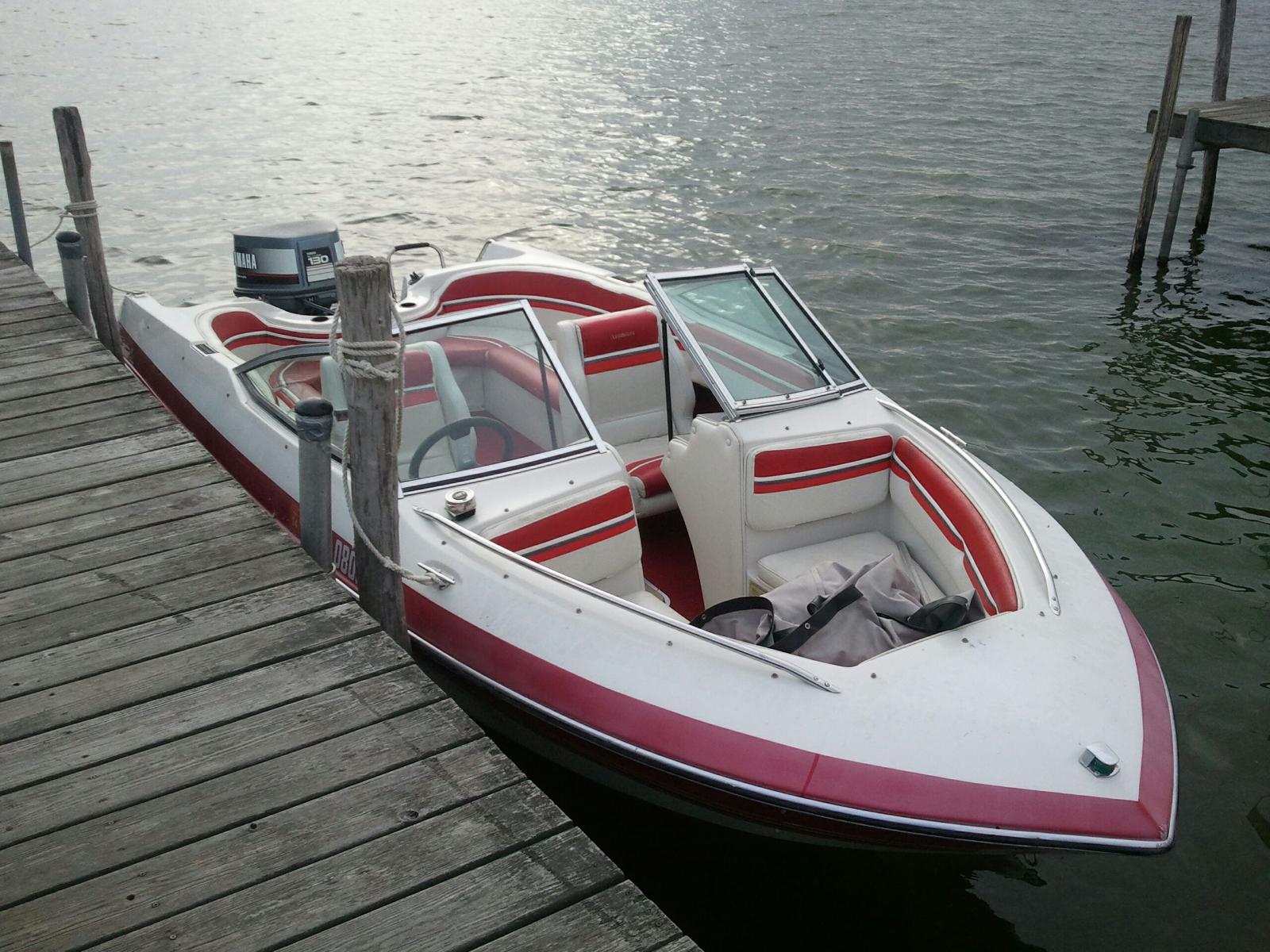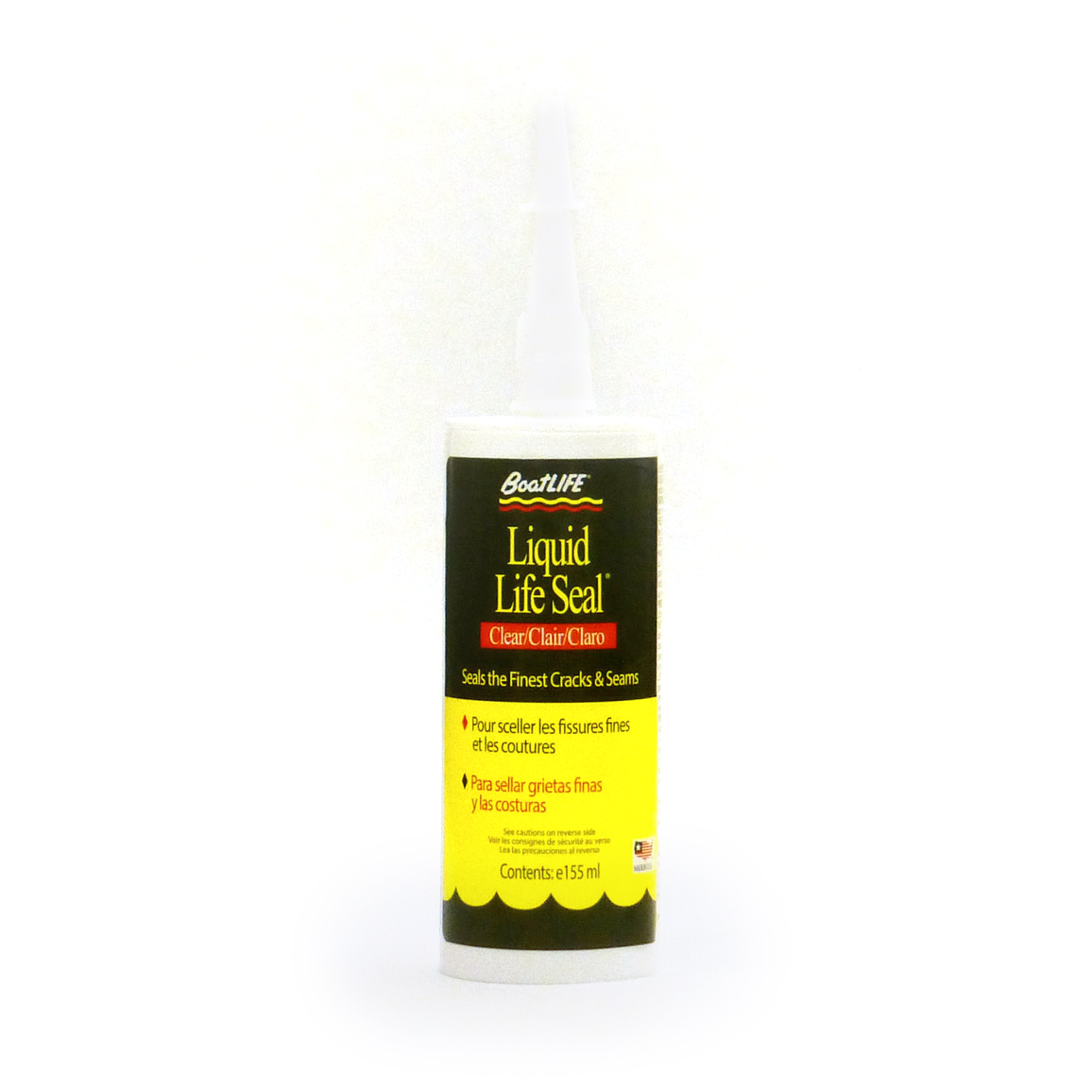
When choosing a boat cover, there are a number of factors to consider to maintain your boat cover investment. One, how will the cover be used? For winter storage? Summer storage? While tied at a mooring? For trailer travel? Does it need to be protected from elements like snow, ice, and hail? Additionally, the shape, style, and size of the boat cover are all important factors. Furthermore, the material from which the cover is made and how it is constructed and reinforced are variables to require consideration.
Protecting your boat investment with the proper boat cover is paramount. Once you do select a boat cover, keeping it clean, damage-free, and stored properly are the next critical steps to ensure its longevity.
Here are some factors to consider in maintaining your boat cover investment.
What to consider when shopping for a boat cover
When shopping for a boat cover, you need to consider its usage, materials, weight, construction, water resistance, breathability, durability, and ruggedness. That sounds like a lot of information to process, but the more research you put towards selecting the right cover, the longer it will last and the more protection it will provide for your boat.
In addition, you will need to consider how it is installed. Is it a snap-on cover? Are there grommets? What are they made out of? Snap-on covers can be challenging for people with hand strength issues, so luckily there are alternatives and also tools that can make closing snap-on covers easier. Tie-down covers are typically used for trailer travel and short-term storage. Yet another style of covers are ratchet strap covers, which are similar to tie-down covers and are also good for trailer hauling and mooring storage.
Once you do select the perfect cover for your needs, you must maintain it like any other part of your boat investment. The cover will get dirty and need to be cleaned. It might wear over time or become torn and need to be repaired. You may find that mice have unexpectedly burrowed in it in the off season if it was not hung up. Whatever the case, you will need to properly care for and manage your boat cover after its initial purchase to ensure it lasts and continues to do its job.
Different boat cover materials
Many different boat cover materials exist, however some materials fare much better than others. Most boat covers on the market are made from polyester, although acrylic, nylon, canvas, and cotton-polyester blends exist as well. Some covers are coated with a number of materials, from acrylic to vinyl to urethane, which increases their water and UV resistance and durability.
Although price is always a consideration when shopping for boat covers, you should put great emphasis on the material used and the application of the boat cover to ensure its longevity and ruggedness.
A couple of factors to also consider when selecting which material to use is how breathable is it? Polyester and acrylic are considered the most breathable fabrics and offer good UV resistance. Most boat covers on the market that are prefabricated are made from polyester or polyester cotton blend. Some of the cheaper alternatives like nylon, canvas, and polyester blends are common, what is generally consider the better options for long-lasting boat covers are marine grade coated polyester and acrylic. Both materials offer exceptional breathability, UV protection, and are made to last.
In addition to breathability and UV protection, weight is also a factor. The more lightweight the material, the easier it will be to install and remove, however lightweight covers tend to be made of materials that are less durable than acrylic and marine grade coated polyester. They may also tear and weather faster. That said, a heavier cover would be a far superior option for any type of storage, most especially winter storage if elements like snow, ice, and hail are factors.
Lastly, proper boat cover ventilation is key. Make sure whatever boat cover you choose has vents that are built in. If not, you will need to install vents to prevent the accumulation of water moisture which can lead to mold and mildew.
Maintaining your boat cover investment
No matter whether your boat cover is made of polyester, acrylic, a polyester blend, canvas, or nylon, you will want to take great care to ensure it is properly cleaned and stored when not in use. As our blog How to Clean a Canvas Boat Cover suggests, a small amount of BoatLIFE’s Boat Cleaner diluted in water and a gentle sponge or soft brush and a bucket of water and a garden hose will do. Our non-phosphate Boat Cleaner is environmentally safe and biodegradable. Gentle enough to work on all kinds of substrates, Boat Cleaner will clean materials thoroughly without removing wax from surfaces, like fiberglass or a coated boat cover. Plus, Boat Cleaner easily removes bird droppings and leaves behind a pleasant-smelling fragrance.
Boat Cleaner will work on all types of boat covers, regardless of materials used. Before cleaning the boat cover with Boat Cleaner, be sure to remove any large debris with a pressurized hose. Then, gently clean with a sponge and water.
As a rule of thumb, no matter what type of boat cover you own and how you choose to clean it, be sure to dry it thoroughly before storage to prevent mold or mildew. No matter what, your boat cover must be completely dry before you store it, or you risk mold or mildew growing if any residual moisture is present. Take great care to ensure your boat cover thoroughly air dries before storage. If you have access to a boat storage facility, it is recommended that once the cover is thoroughly dried, it be rolled and hung.
BoatLIFE’s VinyLIFE® Vinyl Cleaner & Protectant works wonders on vinyl coated marine material. It not only cleans, but it also adds UV protection. Should you find yourself in the unfortunate circumstance of having to clean mold or mildew from your boat cover, our Mildew Remover is specifically designed to remove mildew with its chlorine-free and acid-free formula. No need to scrub, just spray on mildewy surfaces and you’re done!
When shopping for a boat cover, it is important to always consider its application, the materials used and its construction to ensure the cover will last a long time. Protecting your boat with the proper boat cover and maintaining that boat cover when not in use are two necessary steps in your boat care and preventative maintenance routine.



